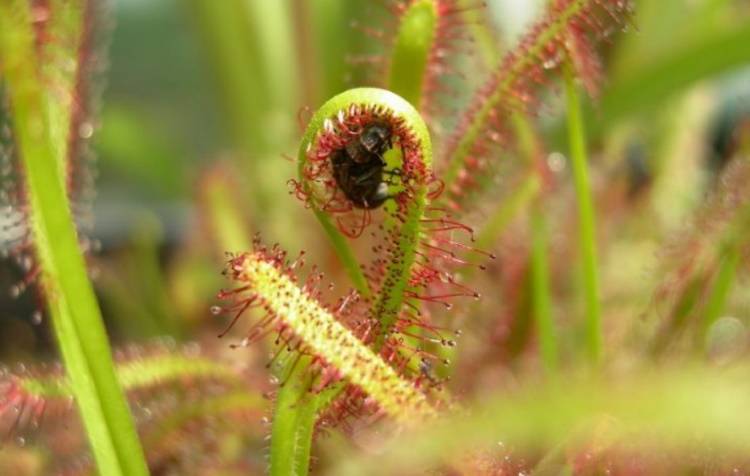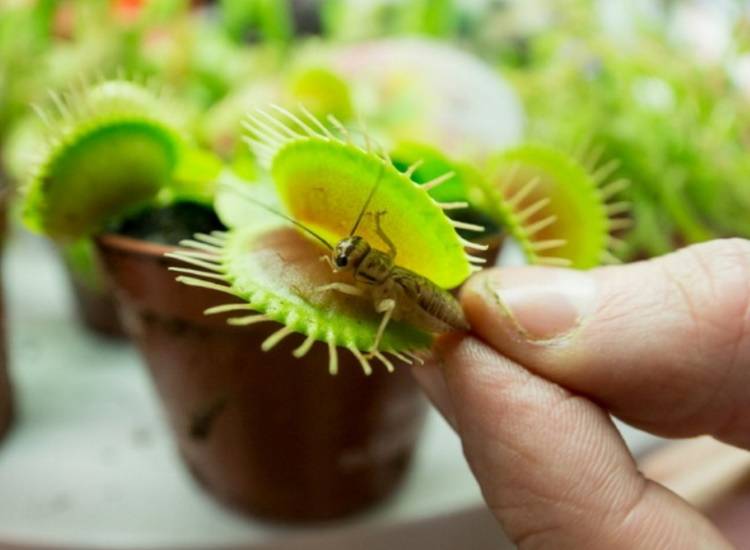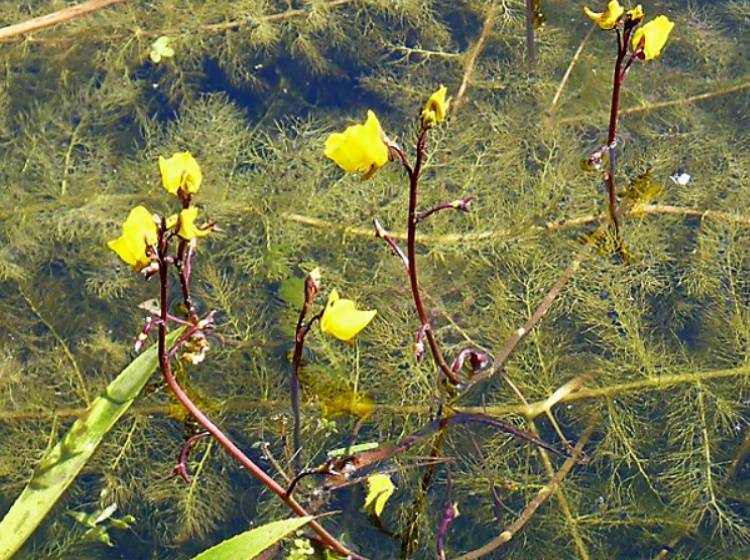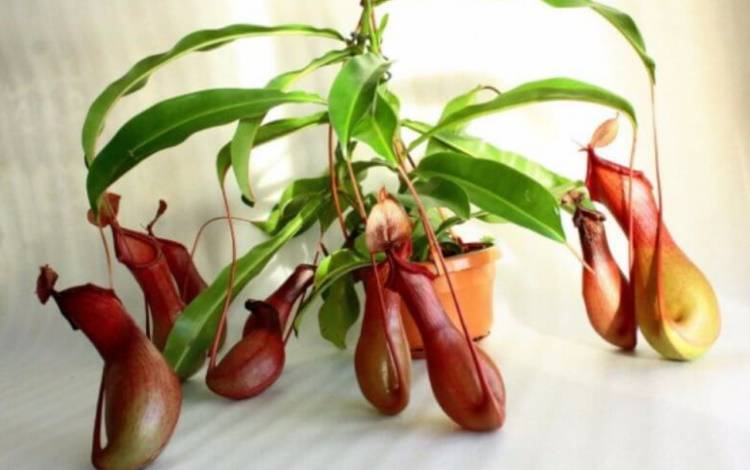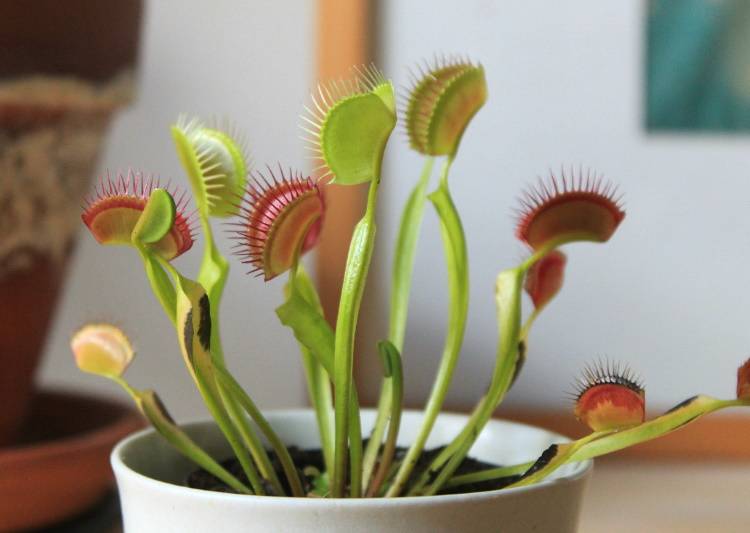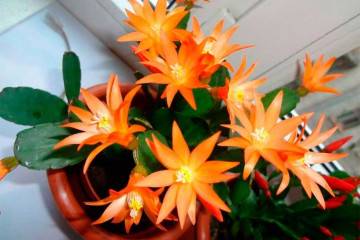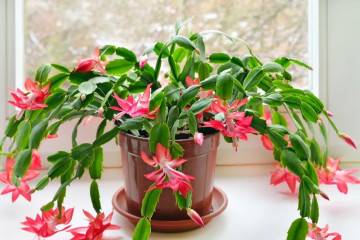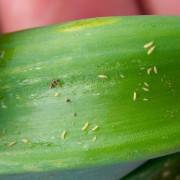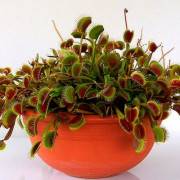Carnivorous plants - carnivorous flowers at home
Content:
Among indoor plant lovers, there are florists who do not breed beautiful orchids or original cacti. They give preference to predatory flowers. Carnivorous pets require special attention from their owners, require difficult growing conditions and rather difficult care.
The way of existence of insectivorous flowers
The domestic predator plant does not live on microelements pulled out by the roots of an ordinary flower from the soil, but on the digestion of living insect flesh. The tissues of insects trapped in a carnivorous flower contain the same chemicals as organic and mineral residues found in the ground.
The difference between a common indoor flower and a predatory indoor plant lies in the way it assimilates the nutrients necessary for its own development and procreation.
Scientists know about 600 species of carnivorous plants. Most of them are shrubs or herbaceous perennials living in a mineral-depleted ecosystem. The poor soils of their native lands have caused them to shrink their roots and convert leaves into insect traps. They made their vegetable juices digestive. Thus, from autotrophic organisms that live only due to photosynthesis and sunlight, they turned into carnivores.
The leaves of predators perform three functions: they catch and digest prey, in the periods between digestion of the flesh, they carry out the processes of photosynthesis. The breakdown of protein components occurs with the participation of the digestive enzyme pepsin, which is produced by plant cells. After the decomposition of proteins, the formed minerals, amino acids, vitamins and other elements are absorbed by the plant.
Predatory plants at home - advantages over regular flowers
There are not so many advantages of growing domestic predatory organisms, but still they are:
- Insectivorous plants living at home do not need nutritious soil.
- There will be no flying insects in the room.
- Guests who see an exotic flower on the windowsill will be delighted, receive an influx of endorphins, improve their mood and well-being of the owner.
Otherwise, a predator flower will require no less effort, money and free time than an ordinary indoor pet.
Scientists have found that some wild-growing predators are able to develop the root system and switch to autotrophic nutrition when environmental conditions improve. The pemphigus predator plant possesses such abilities.
Popular carnivorous plants for the home
In the course of evolution, carnivorous flowers have developed ways to attract insects and small animals to themselves. The main ones are the bright color of leaves and flowers, sweet juice, smell.The smell can have pleasant and repulsive, in the opinion of a person, aromas. Odors that are unpleasant for the human sense of smell are produced by the plant in order to attract the attention of victims that feed on carrion.
Predator traps have special adaptations that allow them to feel that prey has fallen into their trap. Sensory hairs in sundews and flycatchers are so sensitive that plants can figure out whether a living or non-living victim has fallen into a trap.
Traps can be mobile or static. Active predators - pemphigus, flycatcher, genlisea, aldrovand - have movable (closing) valves. In such plants as Sarracenia, Zhiryanka, Nepentes, Californian Darlingtonia, traps are static.
Pemphigus
Pemphigus (Latin Utricularia) is a genus of predators from the Pemphigus family. According to modern data, the genus includes 227 species of insectivorous plants growing throughout the Earth, except for Antarctica and some isolated oceanic islands. Plants live in water, have no root system, have long erect stems, covered with dissected leaves, on which trapping bubbles are located, which are closed by valves. These bubbles gave rise to the name of the genus.
Pemphigus during the flowering period release a peduncle, on which a brush with orange-yellow inflorescences is formed, up to 1.5 cm in length, of an irregular shape. They have stamens and anthers. The seed pods with small fruits are formed from the inflorescences. Under natural conditions, with a decrease in air and water temperature, pemphigus pass into hibernation. They overwinter in the form of turions - shoots with leaf rudiments
The structure of the valve that opens only inwardly allows a small aquatic insect or fry to get inside the trap, but it will not be able to get out back in any way. It's not just out of curiosity that the victim falls into the trap. The outer side of the vesicles is covered with glands that secrete a sweet sticky bait substance. When the prey touches the sensory devices of the pemphigus, a valve opening mechanism is triggered.
There is no air pressure inside the bubble. In less than a millisecond, the victim is drawn into a bubble along with the stream of water, not understanding what is happening and not being able to resist. The predator can only digest the food.
Only a hard chitinous shell can remain from the prey. In places where there is a lot of food, pemphigus traps are dark in color due to undigested remains of victims. After a while, the bubbles will again put their opening valves in the ready position.
Zhiryanka
Common fatweed (in Latin Pingucula vulgris) is a perennial predator from the Puzyrchatkovy family. The plant has a root system, fleshy leaves, collected in a rosette, with a diameter of 2 to 15 cm. During the flowering period, forms flowering stems up to 12 cm high. Each of them blooms a single flower of 5 lilac-lilac petals. Zhiryanka grow in areas with high air and soil humidity - in peat bogs, along the banks of water bodies.
The plant satisfies its nutritional needs in two ways - to a lesser extent due to nutrition from the soil, to a greater extent due to the attraction of insects. Dense, bright salad-colored leaves of zhiryanka attract insects not only by color and shape, but also by sugar mucus secreted by the pores. The adhesion of the victim, attracted by the sweet nectar, becomes the signal for the plant to produce digestive enzymes.
Small midges are processed on the leaf surface without changing their shape.This way of digesting food is called open digestion. But if an insect sticks to the leaf of the fatty, the size of which allows it to resist, then the process of digestion proceeds in a different way. The twitching of the insect causes the plant to twist the leaf plate and the splitting of food takes place inside the cocoon that forms.
Predators of the Sarracene family
The Sarraceniaceae family unites several genera, among them:
- Darlingtonia (Darlingtonia), including one species - Californian Darlingtonia (D. californica);
- Sarracenia (Sarracenia), it includes 10 species of carnivorous predators.
The family also includes other genera, combining living and already extinct plants.
Sarracenia
Sarracenia are plants with fragrant jug-shaped trap leaves, shaped like elongated and expanded flowers of variegated bright colors. On the inner surface of the leaves there are numerous pointed hairs, their ends directed down the jug.
The top of the leaf is curved to form a landing surface for prey insects. There is liquid inside the trap. If there is no part of the leaf above the hole, then it may be rainwater. In covered jugs, the liquid is released by the plant.
An insect that has fallen into the trap and has not drowned in the water cannot get out - it is hindered by sharp hair-spikes bent downward. At this time, the plant begins to produce digestive enzymes and substances that absorb unpleasant odors formed during the decomposition of protein compounds.
Some types of sarracenia are popular indoor plants.
Sarracenia purple
This species has a different way of feeding from its relatives. Saracenia purple also lures victims to itself, but is not able to digest them on its own. For her, it is done by the larvae of two species of mosquitoes living in rainwater, falling into the traps of purple sarracenia. The larvae eat the prey of the sarracenia and release their waste products into the water, forming a nutrient solution that the plant assimilates.
Sarracenia Dracula
Differs in winter hardiness, does not die at a temperature of -15 ° C. The leaves of the plant have purple hues. The height of the bush does not exceed 50 cm, the diameter of the leaf pot-trap is about 13 cm. It can grow in partial shade, but prefers sunny areas.
Saracenia Fiona
It is a predator capable of eating aphids, molluscs, scaly insects. The water lily traps of the plant are covered with hoods, the color of the leaves changes from pale green, pink to shades of red wine. Plant height does not exceed 45 cm.
All types of sarracenia require responsible care. Without light, moist air, top dressing in the summer and timely watering, plants will not survive.
Darlington california
It grows not only on damp swampy slopes, but also on the banks of mountain rivers covered with moss. It will grow in the shade if there is a pond next to the habitat. Natural habitat - from northern California to southern Oregon and Seattle in the United States. Protected by local laws as an endangered plant.
Leaves on long stems form brown-green jugs. At the entrance to the trap, there is an outgrowth for prey insects. The traps are directed upward with their holes. The color of the leaves is uneven, in some places they appear transparent. Californian Darlingtonia blooms with small flowers of a red-brown hue, which does not attract the attention of potential prey.
Caring for carnivorous plants at home
Carnivorous plants are becoming more and more popular in home flower collections. Sometimes they are acquired without thinking about how they will be kept.After all, it is not always possible to catch live food for a predatory pet, neither the read descriptions of the process, nor the watched videos help - experience and desire are needed. In addition to feeding predatory flowers, problems may arise with other necessary conditions for their cultivation.
Content temperature
About the temperature at which a particular flower should be kept, you need to ask specialists or on the Internet before buying it. Some of them need a winter period of rest without feeding and frequent watering with an ambient temperature of 10-12 ° C. After all, if a flycatcher is forced to stay at summer temperatures all year round, it will die after 2 years of such an intense life.
Moisture and soil composition, irrigation
Swamp carnivorous plants need depleted soil with an increased level of acidity. The substrate for them can be prepared from a mixture of peat, coconut fiber, perlite or vermiculite, sand.
Watering plants is carried out with water that does not contain mineral salts and solid residues. It can be distilled water, melt water or rainwater. The soil is moistened regularly, but overflow is not allowed. When watering through the lower pan, water is removed from it 2 hours after the soil is completely saturated.
Lighting and choosing a place for a flower
The room where the predators will be housed should always have a high level of humidity. In addition, plants need good lighting, but in direct sunlight in the midday heat, they can get burns. At this time, it is advisable to shade the predators. Lack of light can reduce the decorative effect of the leaves; without light, they will not have bright colors characteristic of a particular species.
How to feed a predatory flower
Plants are fed with live protein food. They do not stock up on insect corpses for the winter. An immobile bug lying in a trap will lead to its decay and subsequent death.
In winter, carnivorous plants make do with nutrients from the soil. In late autumn, when all the midges fall asleep, the plants are taken out into a cool room or placed on the top shelf of the refrigerator. Before that, abundant watering is done with the addition of a complex mineral fertilizer.
Feeding active predators with live insects is a rather exotic activity. But overfeeding, like a hunger strike, plants do not need. For small flowers, 3 flies or spiders per month will be enough, larger plants can be fed 5 pieces. insects.
Herbaceous flowering predators in the house are fascinating and informative. The main thing is not to ruin them with your excessive love or insufficient attention.
